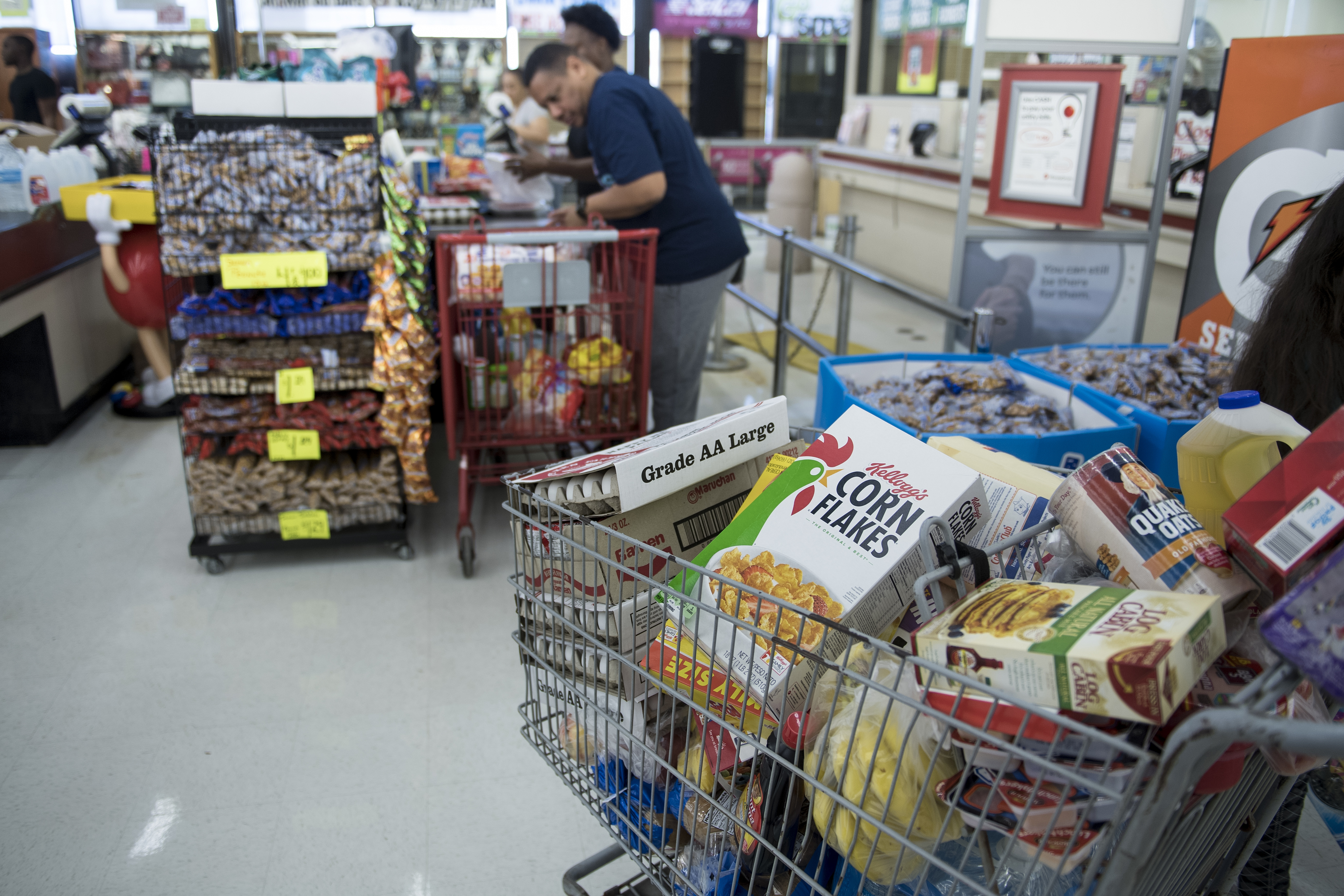Key US inflation indicator hits 6-year high
Photo: () | ©AFP
Washington (AFP) – A key measure of US inflation hit a six-year high in May, matching the central bank’s target, in another sign that price pressures are finally rising, the government reported Friday.
The long-awaited rise in the Personal Consumption Expenditures price index, the Federal Reserve’s preferred inflation measure, came amid a slight slowdown in consumer spending last month, according to the Commerce Department.
The weak spending could weigh on GDP growth in the second quarter but incomes posted sharp gains.
On an annual basis, the PCE price index hit 2.3 percent, the highest since March 2012.
And excluding the volatile food and fuel components, “core” PCE over 12 months rose two percent, the highest since April 2012 and the first time it has hit the Fed’s two percent target in more than six years.
The Federal Reserve has signaled it is comfortable letting inflation run above target for a while to compensate for the extended period of weakness during the current economic recovery.
The US central bank has raised the benchmark lending rate twice so far this year, most recently on June 13.
At that meeting, officials also altered their rate forecasts to include a fourth rate hike in December to keep a lid on mounting inflation.
Futures markets on Friday slightly increased their estimated probability of a December rate hike to just over 45 percent, suggesting many investors still feel the Fed might hold fire.
Price increases in May included also strong gains for energy goods and services that were partially offset by falling food prices.
The PCE price index rose 0.2 percent compared to April, for both the headline and the core.
– Weaker spending? –
Meanwhile, disposable personal income rose 0.4 percent, or $63.2 billion, for the month, the largest gain since January.
But spending rose only 0.2 percent, slowing from the 0.5 percent gain in April. In inflation-adjusted terms, real expenditures fell by less than a tenth of a percentage point.
Spending undershot analyst expectations, held down by consumption of services in the month, which was nevertheless up 4.2 percent over May of last year.
Jim O’Sullivan said the weakness in consumption was tied to a plunge in spending on utilities, which are linked to weather.
At an annual rate, inflation-adjusted spending in the second quarter was 2.8 percent, up from the sluggish first-quarter average of 0.9 percent, he added.
“Spending growth was weaker than expected, although it still shows re-acceleration after a weak Q1,” he said in a client note.
“The data still look positive for Q2 GDP, albeit not to the degree that seemed likely going into the report.”
Still, Gregory Daco of Oxford Economics said while the spending figures pointed to a rebound in the first half, this likely will moderate in latter half of 2018.
As a result, GDP growth likely will hit a peak in the April-June period at 4.2 percent before slowing to 2.5 percent in the second half of the year, he said in a research note.
“With inflation likely to show resilience around the Fed’s two percent target, we continue to expect a total of four rate hikes in 2018,” Daco said, but “trade policy could spoil those plans.”
Disclaimer: This story has not been edited by Siliconeer and is published from a syndicated feed. Siliconeer does not assume any liability for the above story. Validity of the above story is for 7 Days from original date of publishing. Content copyright AFP.


